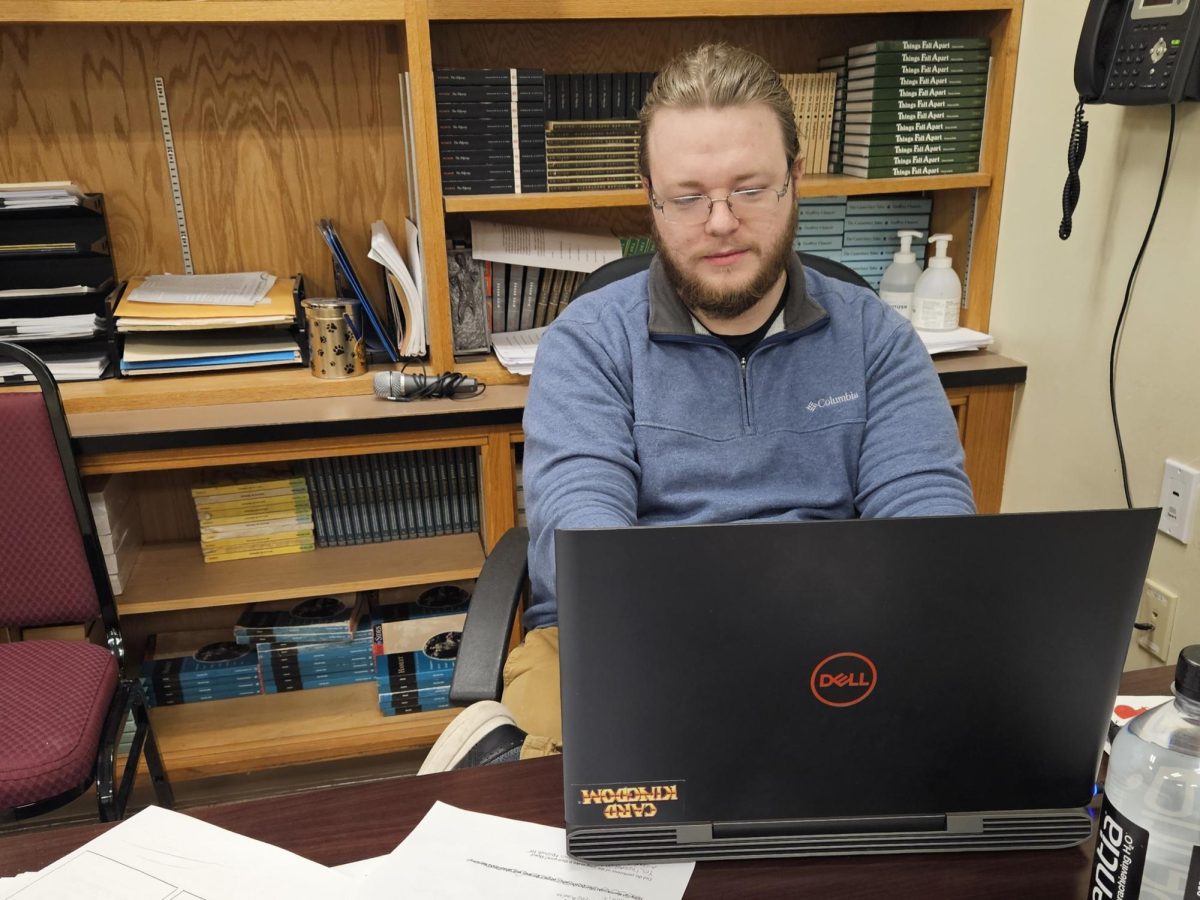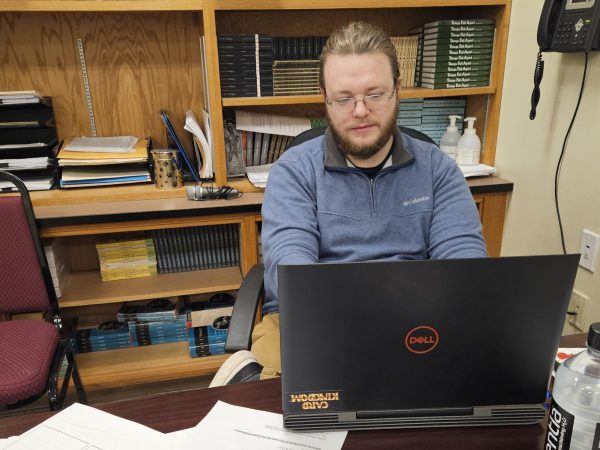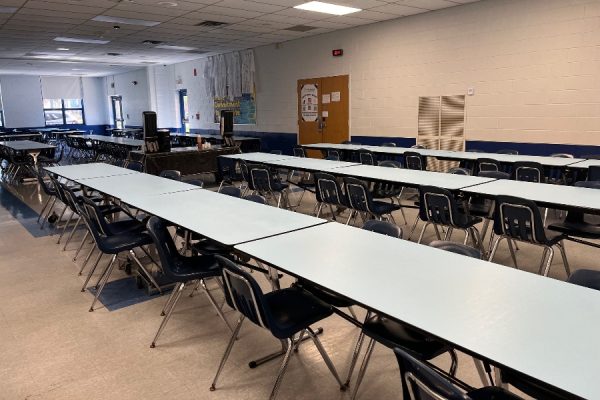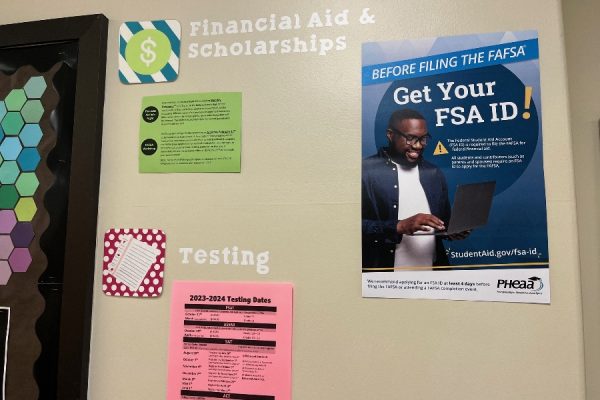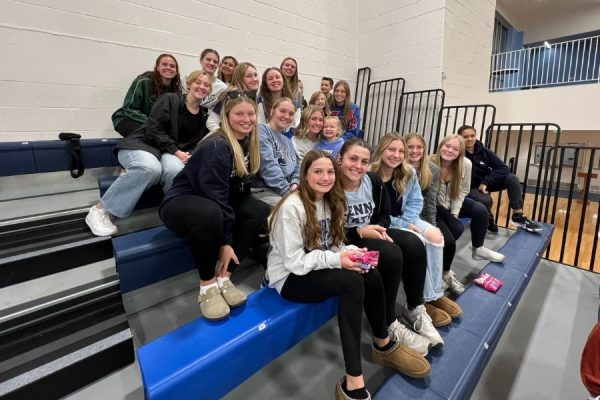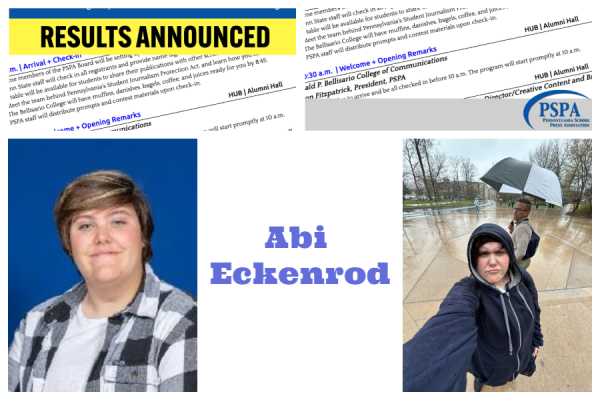Let’s talk about math!
All the good things about Math Talk
Cooper Guyer and Brandon Cherry discuss a math problem in Mrs. Stinson’s class.
December 19, 2018
Many students can agree that math, in all its different forms, is one of the most difficult subjects in school. From pre-algebra to calculus, math requires a lot of practice and previous knowledge of the lower levels of mathematics.
This can create a bad stigma for math and leave students struggling and discouraged. Discouragement can leave students in a shell, sitting quietly and hoping to not get called on instead of being an active participant in the learning process.
“Math talk” is a way for students to get more involved in class, rather than sitting silently and copying notes. In some ways it is essentially allowing students to collaborate with each other in class and try to put the math concepts into their own words.
Mrs. Dawn Frank, the Math Department Chair, believes that the best way for a student to understand a concept is to be able to explain it to someone else. Sometimes, they need to hear themselves say it to realize their mistakes and understand how it is supposed to be done.
“It’s those ‘A-HA!’ moments that you’re looking for that they don’t always get from the teacher,” Mrs. Frank commented.
This further cements the concepts into their minds and lets other students hear a different explanation if the initial one didn’t make sense to them.
It can be beneficial to students to have partners close to them, as someone they can turn to for help if they need.
Mrs. Allison Stinson, a math teacher at Bellwood, says that she allows her students to have partners because she finds it important to communicate problems and find the solutions.
Other math teachers, like Mrs. Holly Carney, also allow their students to have partners, if they can handle it.
“I would rather them discuss the problems than sit in silence,” she said.
Mrs. Frank also does the same, saying that it is important to have students close so they always have someone to turn to if they need extra help.
Mrs. Stinson introduced the concept of “math talk” to some of the other teachers.
When asked if she knew about math talk, Mrs. Carney replied, “Yes but only because of Mrs. Stinson.”
Not only does Mrs. Stinson let her students discuss their work, she tries to apply the material to the real world and look for additional ways for it to make sense
“I use phrases like, what key words helped, or ask them to explain it to me.” Mrs. Stinson said.
She always wishes to encourage her students to talk about math inside and outside the classroom.
“Students need guidance and help to learn to communicate better regarding this and sometimes it is difficult to get students to ‘buy in’ to a subject they don’t have any confidence towards,” said Mrs. Stinson.
Math talk isn’t only for the school environment, parents and guardians can also engage their young ones in the mathematical conversation. When you’re walking in a store or sitting in a movie theater you could ask, “I wonder how many tiles are on the floor,” or “How many seats are in this theater?”
Questions like these will encourage the kids to count or multiply without it being for an assignment. It can make math seem like a fun subject and it might just be easier to understand.
As a veteran math teacher, Mrs. Frank feels it to be extremely essential to talk about math in the home with her sons. She uses the same math concepts she teaches her students with her own children, and applies it to the real world. She talks to them about budgeting money and owning credit cards and explains to them the value of knowing how to do these things.
“The more strength you have in math, the more opportunities you have to perform well in life in general,” said Mrs. Frank.




